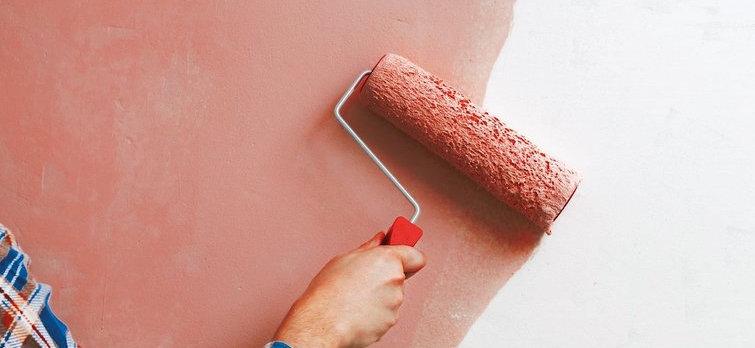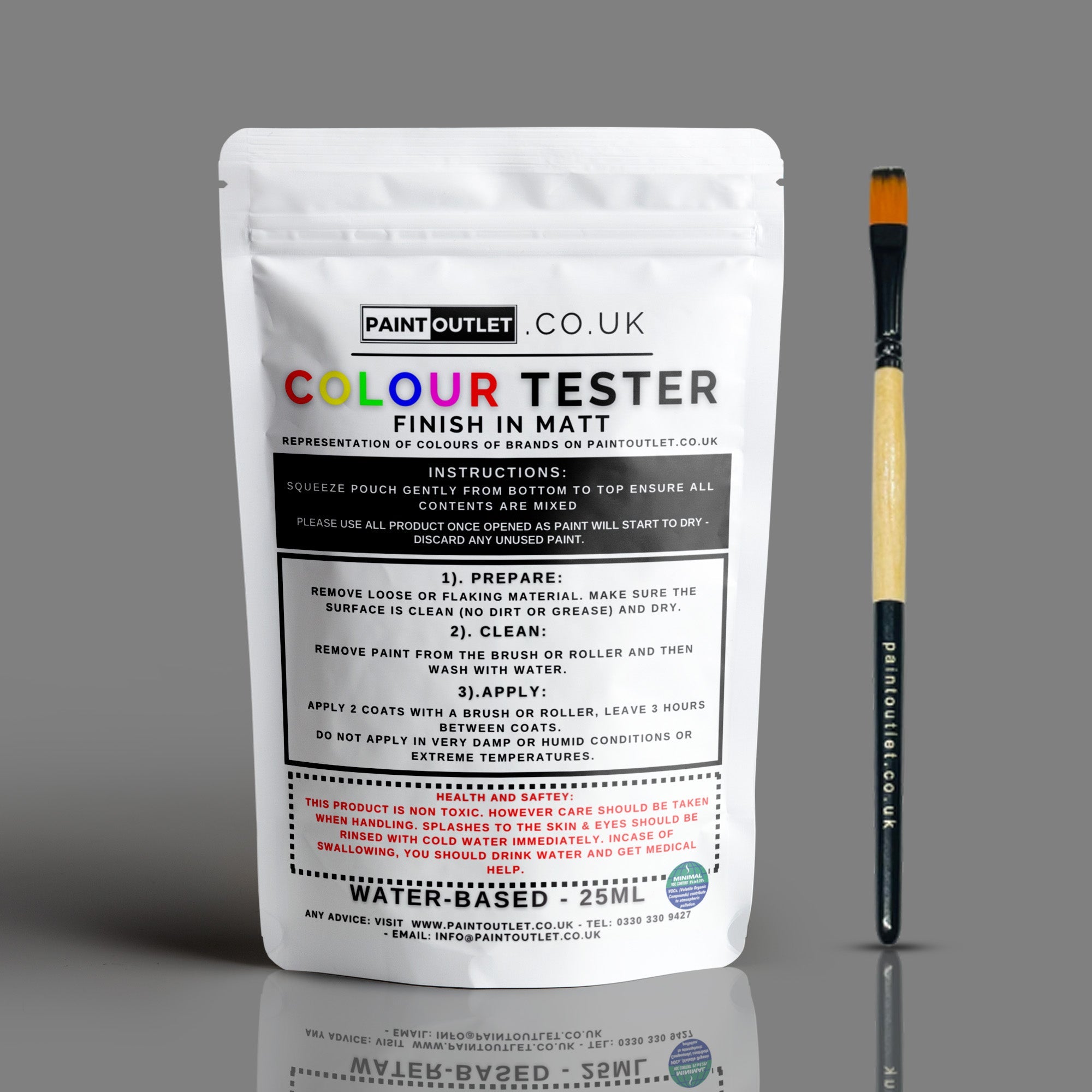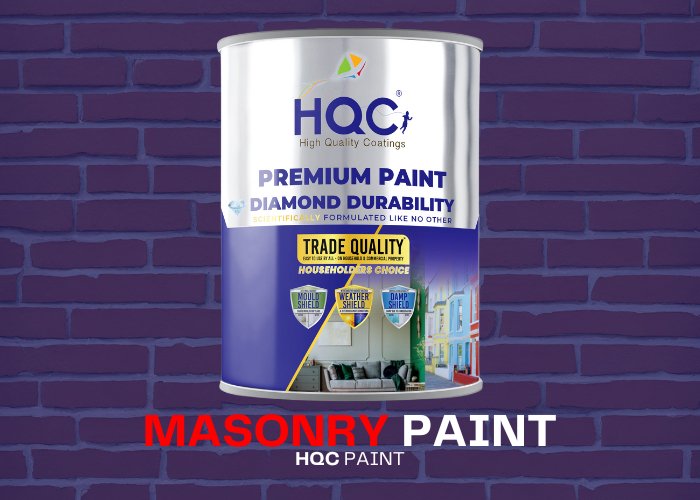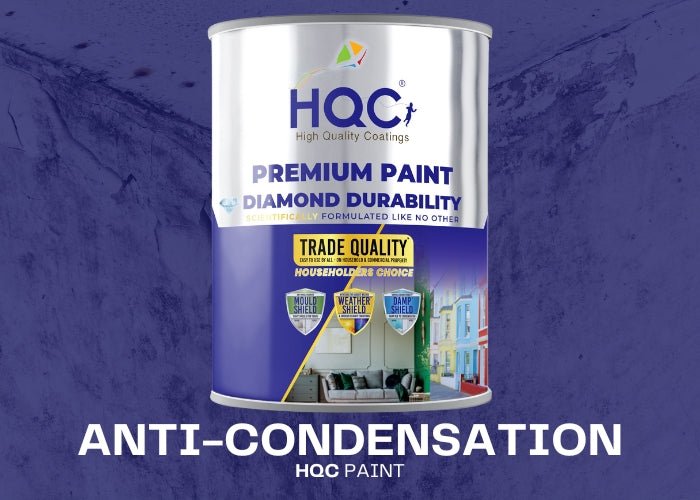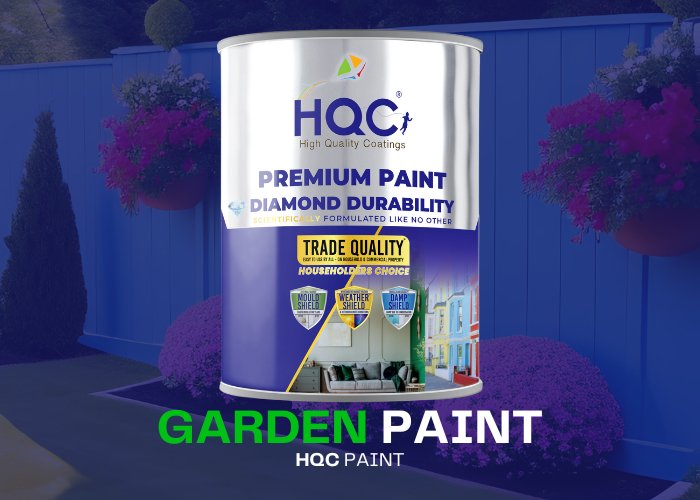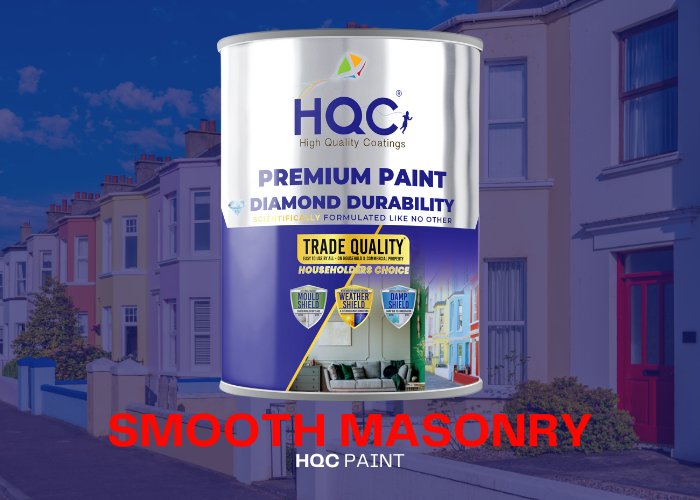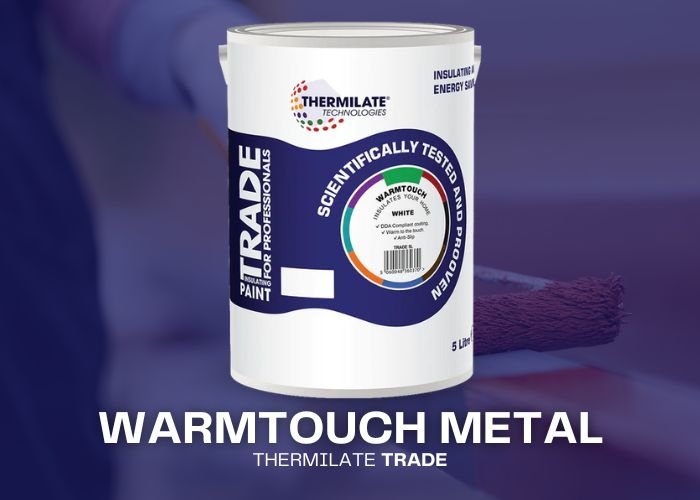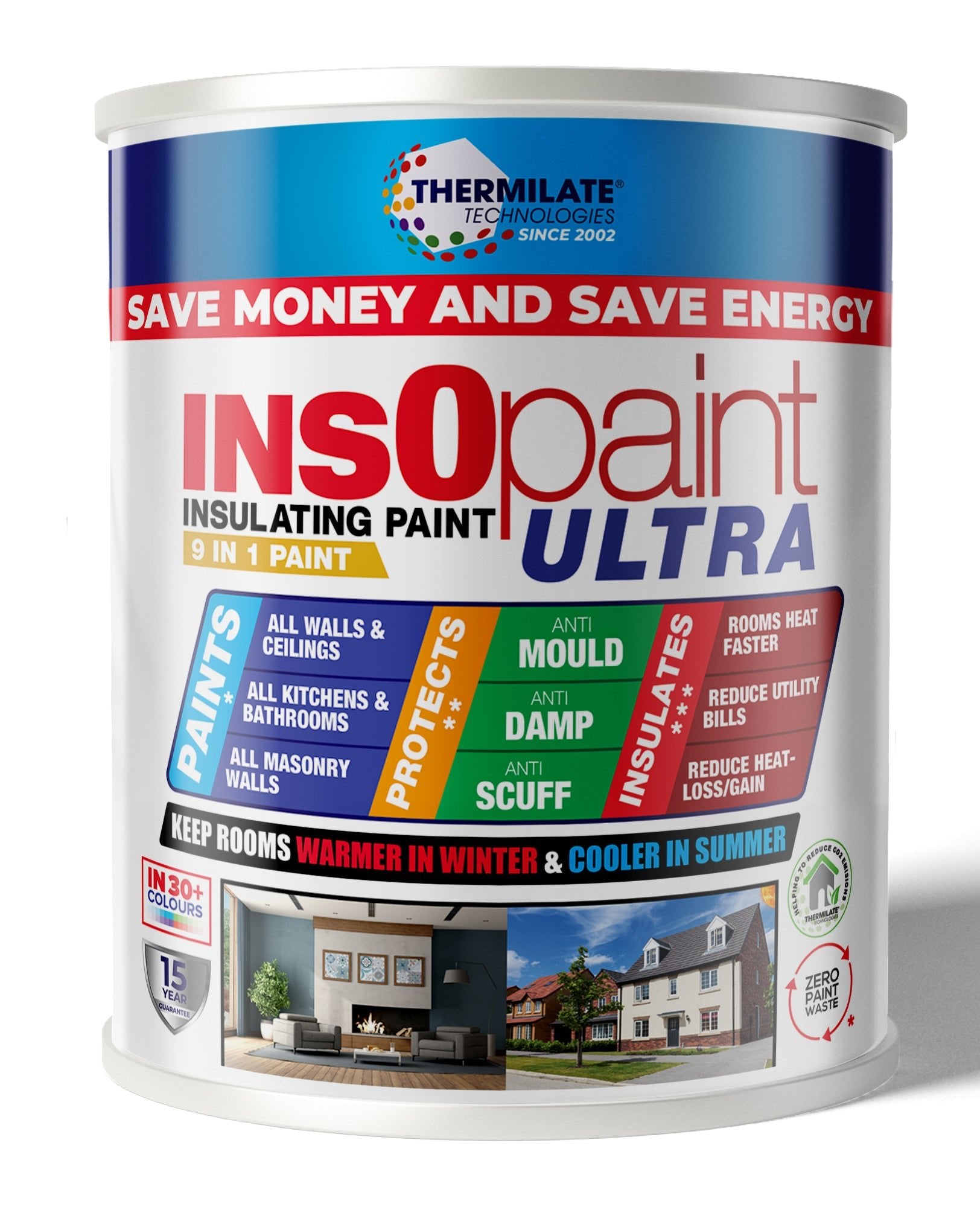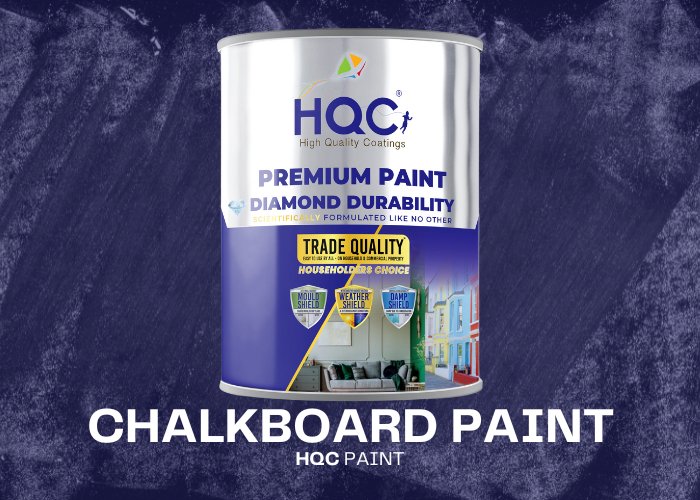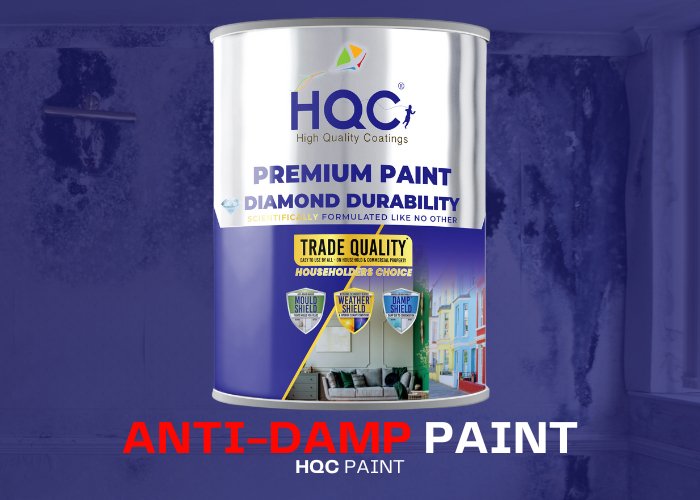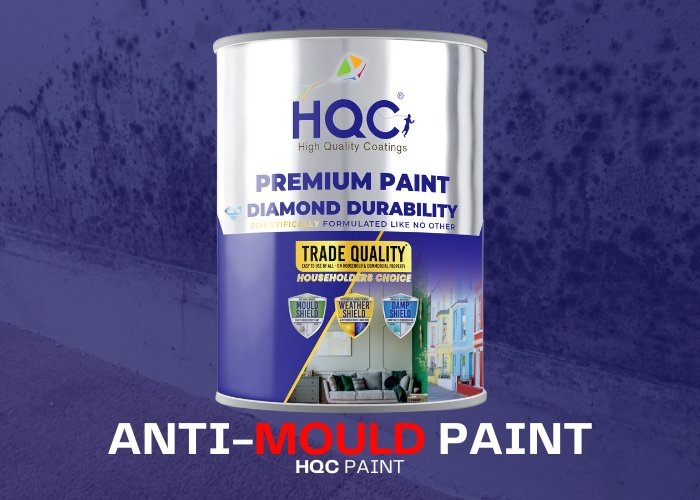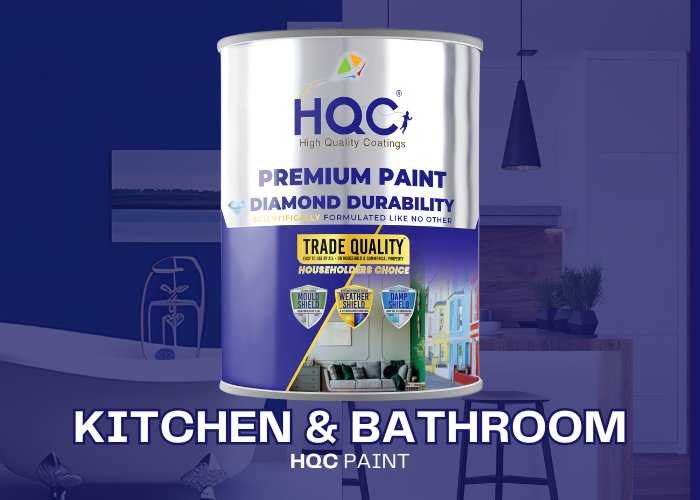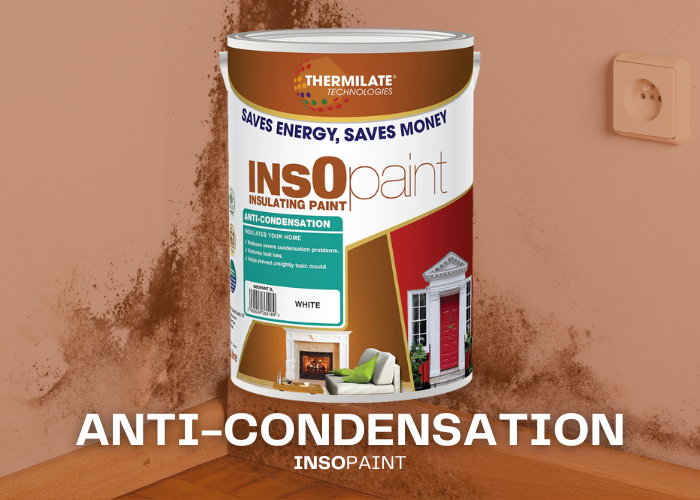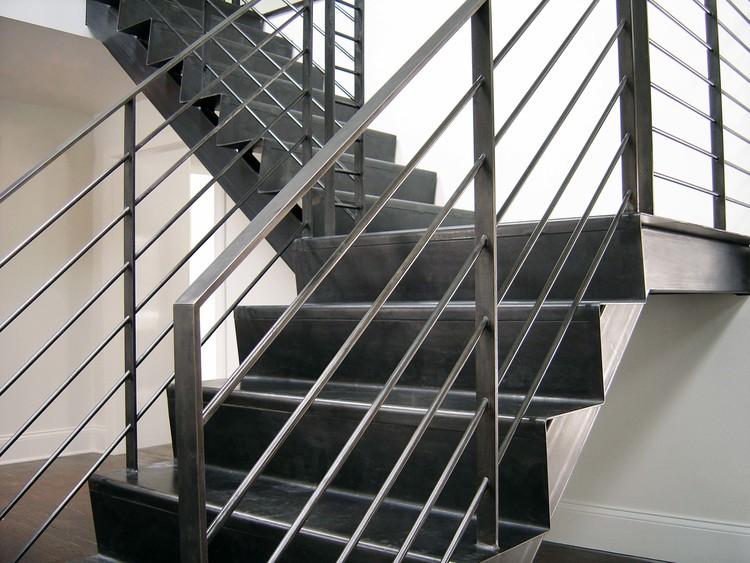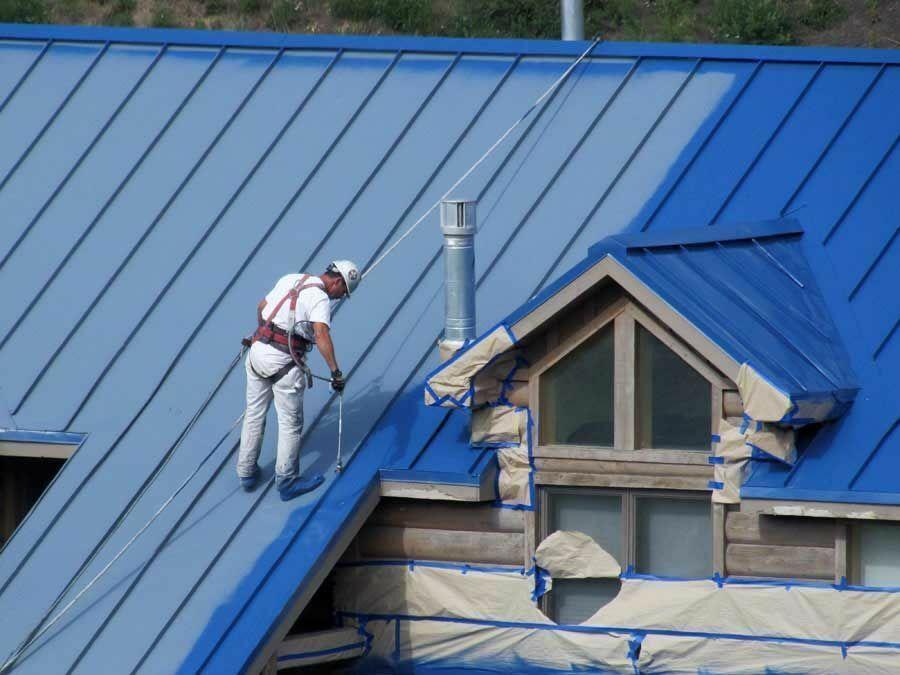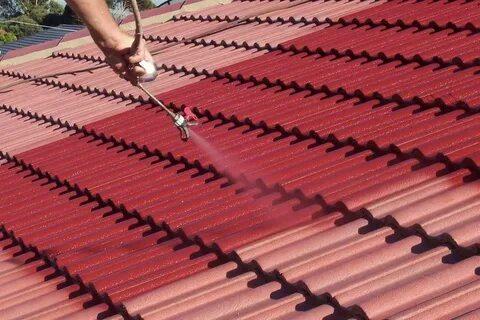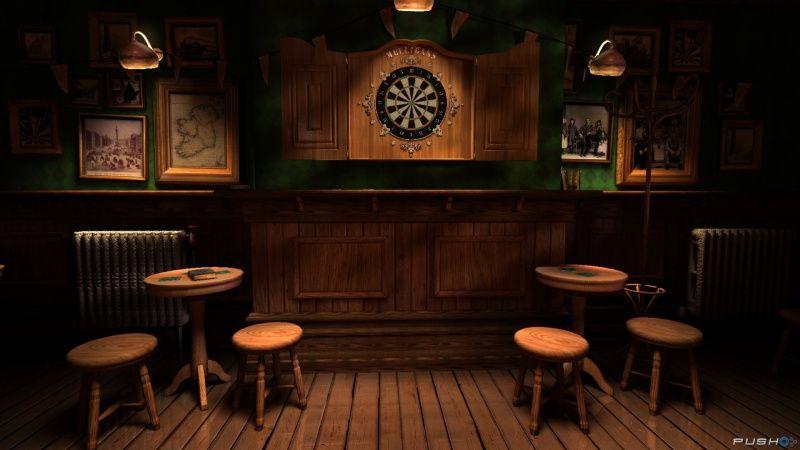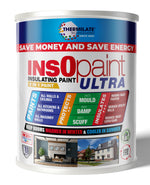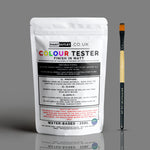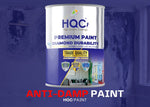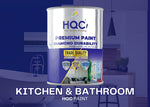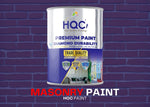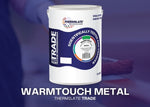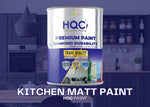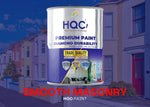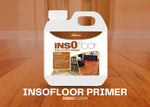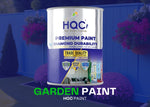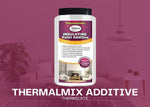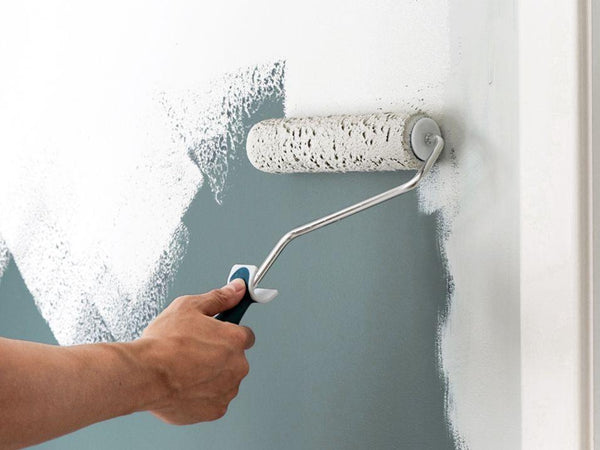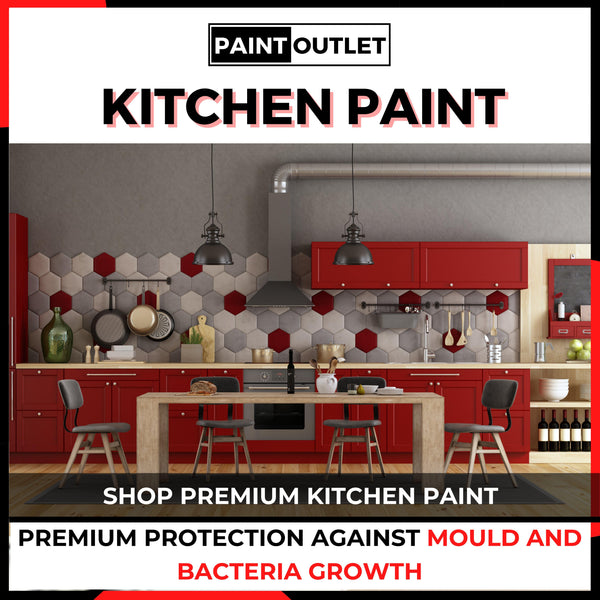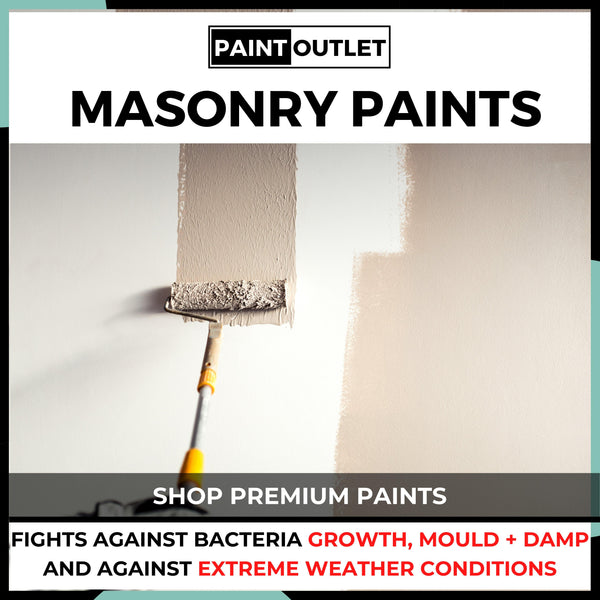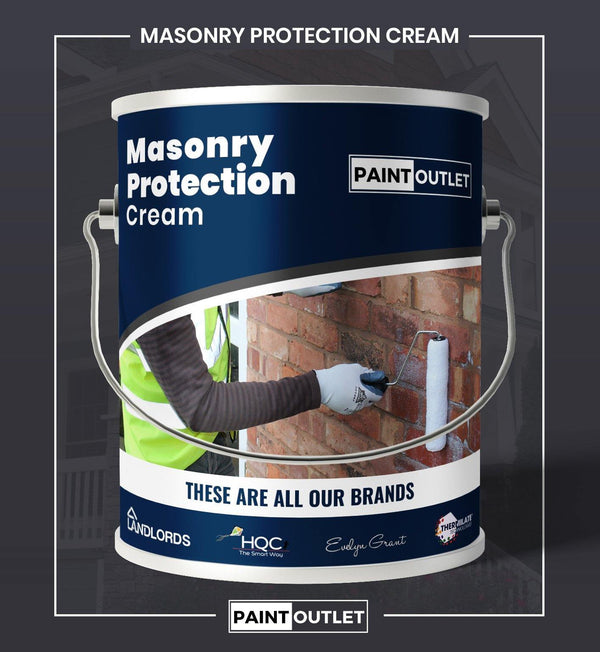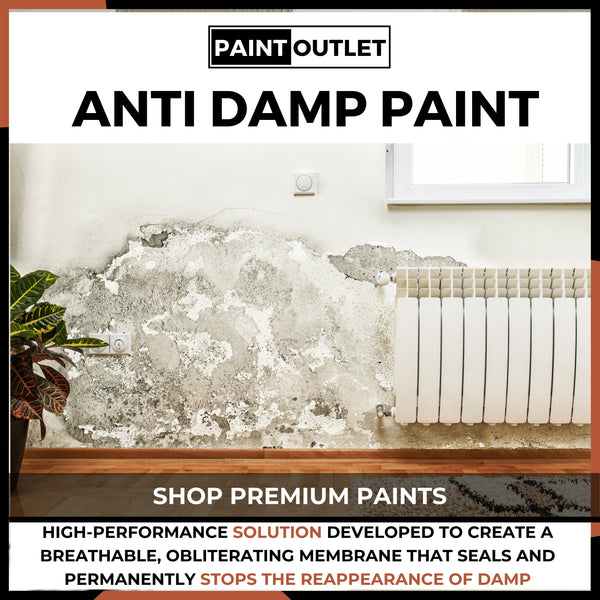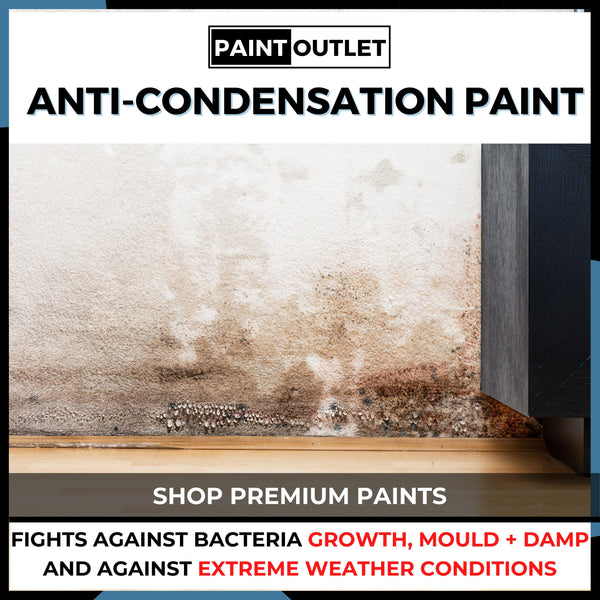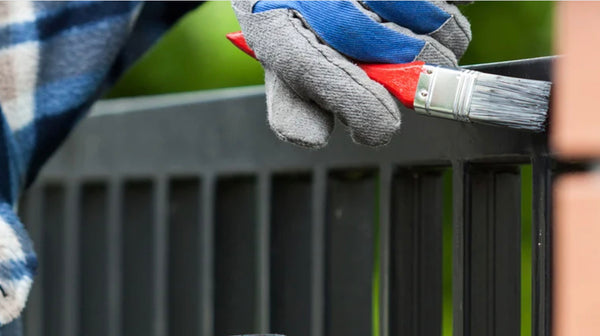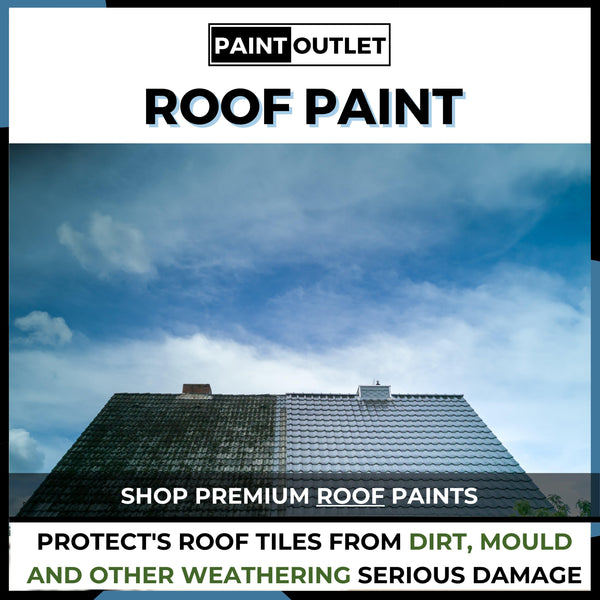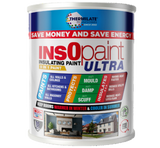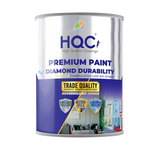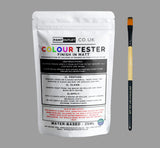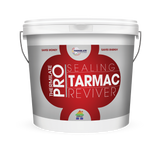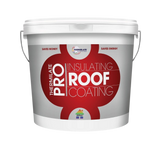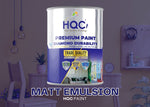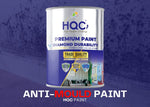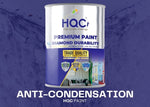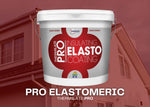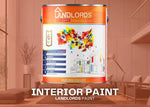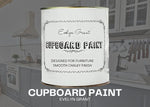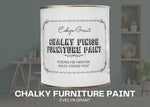An emulsion is a substance formed from at least two ingredients, such as oil and water, which do not blend. Pigment, synthetic particles, and groundwater compose of emulsion paint. The water evaporates after usage, leaving the pigment and the synthetics on the surface, normally acrylic. These synthetics coalesce when they rinse, so that subsequent water penetration does not affect them. Emulsion paint is sometimes referred to as latex paint although latex rubber is not a part. Emulsion paint is flexible and can be used in several different ways.
Emulsion paints make use of water as the medium that brings the colour pigment to the painted surface. The water completely evaporates by the time the paint dries. These paints pose very little danger to humans and animals surrounding them because hydrogen and oxygen are the only element that evaporates and enters the air. In the sunshine, emulsion paintings do not melt, break, or disappear. Emulsion paints have less risk of attracting mildew growth on them. Emulsion paints keep virtually every surface well. It can be used without pre - treatment, too.

There are various paints that have different attributes and are designed for different uses. Therefore, as internal as external paint, they ought to have different properties. One must know paint chemistry to recognize the distinction between interior paints and exterior paints.
The interior paints are made in such a manner that they can be scrubbed and can tolerate staining. To be more resistant to physical damage, interior paints are formulated. The resins used for internal paints could be firmer, as the paint does not have to cope with variations in weather and temperature.
Exterior paints are produced to fight mildew and fade in this manner. The resins used for exterior painting can be smoother, allowing them to withstand changes in temperature and less impact due to exposure to moisture. Owing to sunshine, exterior paint must be harder and avoid peeling, chipping, and fading. Exterior paints are often designed to survive water, so they are waterproof and thus must be durable.

Many manufacturers make 2 to 3 types of paints both inside and outside under separate "commercial label" or "brand name." This is simply the price function. Here we have InsOpaint Interior Emulsion paint by Thermilate Technologies which provides the best coverage and protects your walls from moisture.
How to Use Emulsion Paint?
On walls, bricks, ceilings, asphalt, plaster, metal, and wood, use emulsion paint. It may also be used for large projects by peoples. Prepare the surface by ensuring it is dust-free and tidy. Using sanding to scrape the previous unstable paint, either by hand with sandpaper or with an electric sander. When scraping old paint wear a safety mask still. To clear dirt, use a wet rag. 50/50 thin water-based emulsion paint. Using this to seal areas that are unpainted. The thinned emulsion would be soaked up by fresh plaster, offering a strong surface primed for priming. Before painting make sure plaster is dry. Create your own priming by diluting the 80/20 emulsion paint with water. The use of the same primer and topcoat paint means that the finish can be streak-free. Use a brush, rag, roller, airbrush, or sponge to add emulsion. Depending on the viscosity of the paint, it normally takes an average of two hours to dry. Work against the source of light when painting walls always. Dilute the emulsion paint with around 10% water and use it for dragging, stippling, sponging, stencilling, graining and rag-rolling effects. Test by painting emulsion over a layer of assorted coloured oil-based paint, which could dry unless tacky. An interesting crackle-graze effect can be obtained, with the base colour appearing through the emulsion cracks. Disguise radiators for central heating by coating them with the same colour as used on the walls. Cover with a flat-watered varnish coat. This does not affect the production of heat.
Benefits of Using Emulsion Paint
- One of the key advantages of using emulsion paint is, of course, that it can be applied to any surface, such as metal radiators, wooden furniture and doors, lining paper frames. You can use these colours for several things. The application of emulsion to metal radiators will not affect the output of heat.
- You can also buy special emulsion paints of your choice with a glossier finish, if you prefer, and these can be used to paint skirting boards and frames.
- Emulsion provides your walls with a smooth emulsion finish, delivering the best value for your cash. The colour of the paint will be retained for a long time.
To prepare the wooden surface, if you use a primer, then acrylic emulsions can be added to it. In between coats, small yet more coats need to be applied with sanding. For natural wood finishing, there are numerous acrylic emulsion varnishes and lacquers, and water-based PU systems are on the market. The reason these systems work well on wood is because they are largely less varnished than pigments. The very requirement of a pleasant wood finish is that it is translucent, and its lovely grains are preserved or improved in visibility. A strainer also improves them to add more dimension to the grains, or even to adjust the natural colour of the wood.

















